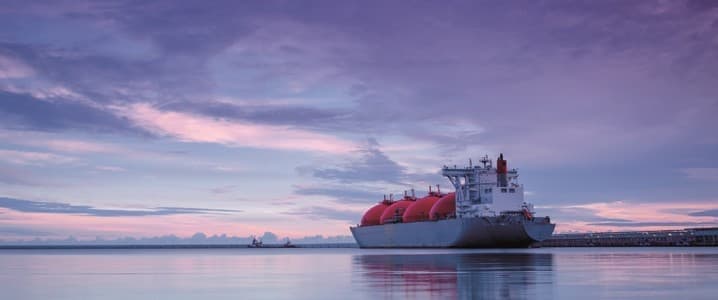Qatar’s liquefied natural gas (LNG) production remains steady despite growing geopolitical concerns in the Gulf following U.S. airstrikes on Iranian nuclear sites and Tehran’s retaliation, according to shipping data released by Independent Commodity Intelligence Services (ICIS).
According to ICIS, 43 LNG vessels have departed Ras Laffan over the past 15 days, a volume that mirrors the same period last year, indicating zero disruption.
Despite this, analysts are seeing signs of hesitation among buyers. A noticeable uptick in ballast tankers lingering east of the Strait of Hormuz suggests importers are delaying final routing decisions, likely in response to perceived shipping risks. Das Island, in the UAE, also showed four loaded cargoes in the same window, consistent with recent trends, according to ICIS shipping data assessments.
ICIS notes that the North Field expansion remains on track, reinforcing Qatar’s position as a stabilizing force in global LNG supply.
Although vessel movements have not materially changed, market behavior has. Asian LNG spot prices climbed by up to $0.50/MMBtu on Monday as traders modeled potential risks to regional flows. In Europe, TTF futures also rose modestly on renewed Hormuz-related jitters.
Despite the calm on the supply side, Qatari officials have reportedly met with major international energy partners in recent days to assess worst-case scenarios if Iranian escalation impacts LNG infrastructure or maritime routes.
Market participants are closely watching whether Iran’s response to U.S. and Israeli strikes could threaten LNG chokepoints or impact associated gas feedstock from South Pars. For now, Qatar’s volumes are steady, but price premiums suggest nervousness is building.
By Charles Kennedy for Oilprice.com
More Top Reads From Oilprice.com

